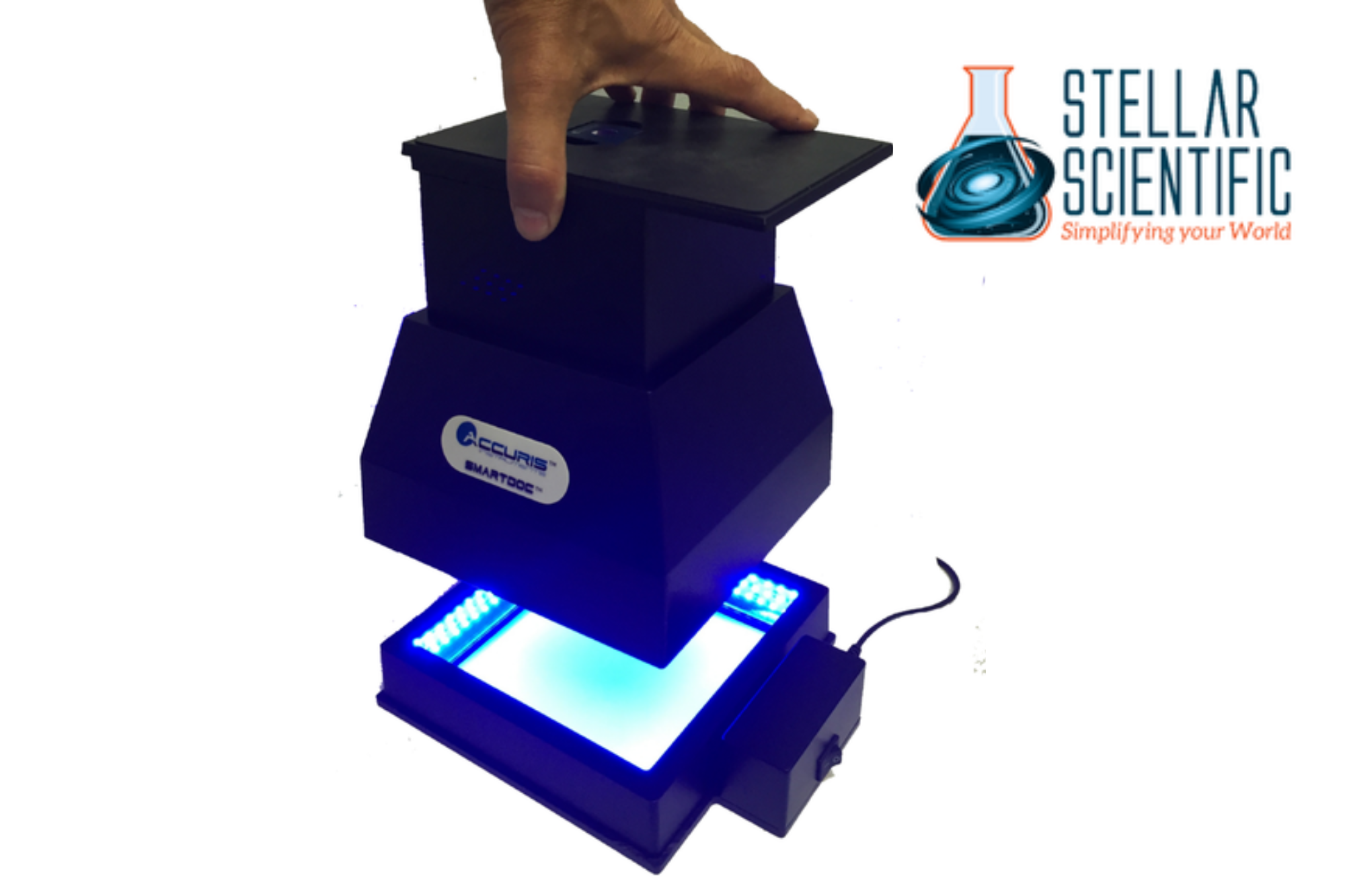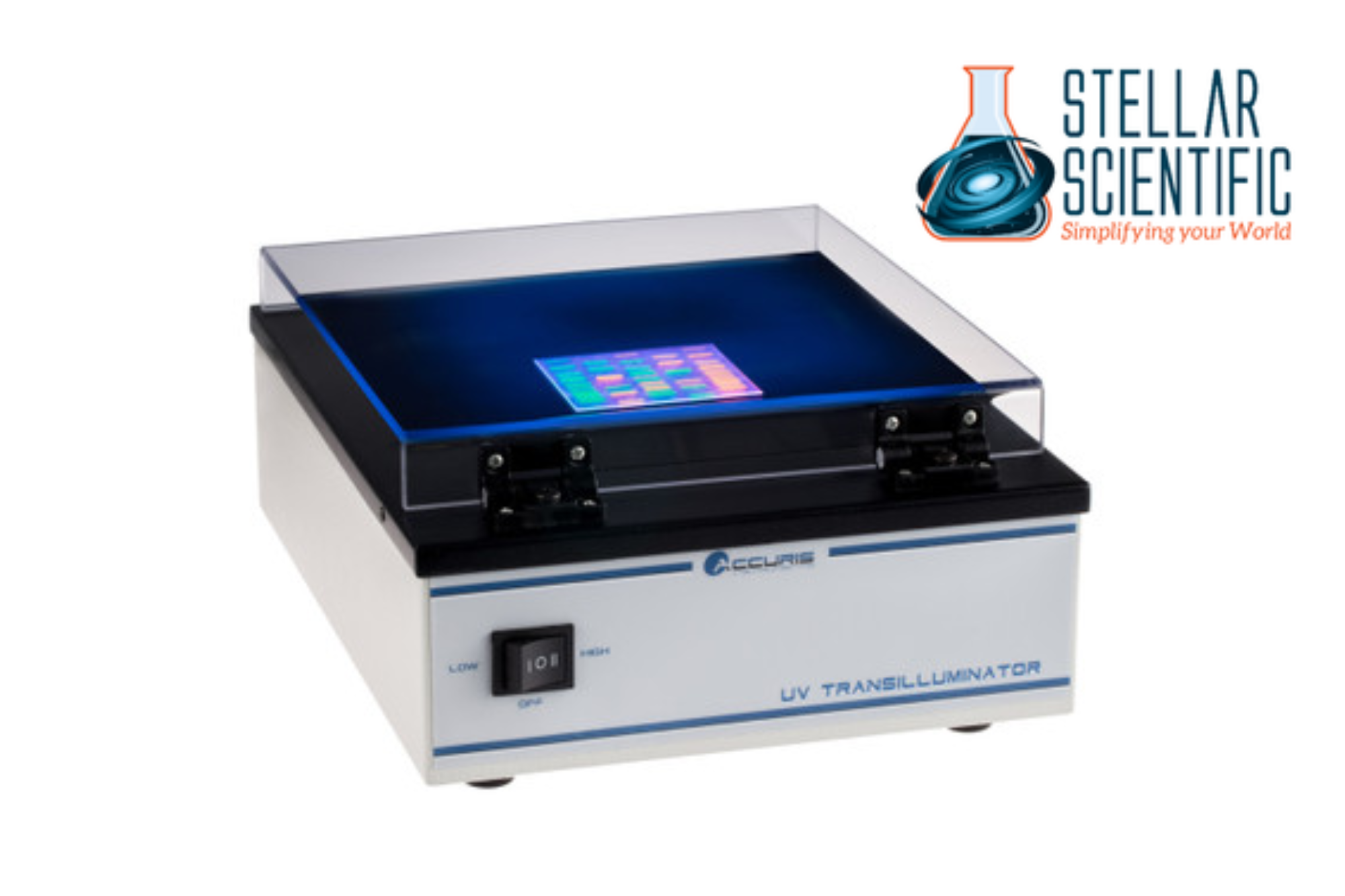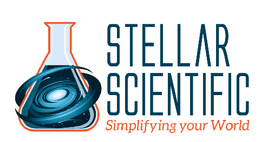Compare Our Top Transilluminators for Your Lab’s Precision
23rd Jun 2025
In the world of molecular biology and analytical research, precision and clarity are paramount. Whether you are visualizing nucleic acids after gel electrophoresis or conducting routine quality control, the reliability of your transilluminator can make a significant impact on the accuracy of your results. A high-quality transilluminator helps detect even faint bands in DNA or RNA gels, ensuring you don't miss critical data.
At Stellar Scientific, we understand how vital it is to have dependable lab equipment that supports the integrity of your research. Our top-rated transilluminators are designed to deliver consistent, high-resolution fluorescence or UV visualization ideal for academic, clinical, and industrial laboratories. This article will walk you through how transilluminators work, the different types available, key features to consider, and how our models compare to meet your specific lab needs.

What Is a Transilluminator?
A transilluminator is a specialized light source used primarily to illuminate stained gels in molecular biology. After performing electrophoresis, researchers use transilluminators to visualize DNA, RNA, or protein bands that have been tagged with fluorescent or chromogenic dyes.
The device emits light, usually ultraviolet (UV) or blue light, at specific wavelengths that cause the dye to fluoresce. The resulting illuminated bands are then documented for analysis or recordkeeping. Transilluminators are essential for:
- DNA/RNA gel electrophoresis
- Protein separation analysis
- Fluorescent dye applications
- Quantitative gel imaging
Types of Transilluminators
Choosing the right type of transilluminator depends on your application, dye compatibility, and imaging needs. The two most common types are UV and blue light transilluminators.
UV Transilluminators
These devices emit ultraviolet light at wavelengths typically between 254 nm and 365 nm. They are widely used in traditional labs for visualizing nucleic acids stained with ethidium bromide (EtBr), a common fluorescent dye that fluoresces under UV exposure.
Pros:
- High sensitivity for EtBr-stained gels
- Compatible with a wide range of dyes
- Ideal for routine and legacy protocols
Cons:
- UV light can damage nucleic acids with prolonged exposure
- Requires appropriate protective measures for user safety
Blue Light Transilluminators
Blue light lab transilluminators operate in the visible spectrum (usually around 470 nm). They are safer to use and ideal for visualizing gels stained with non-toxic dyes like SYBR Safe, GelGreen, or SYBR Gold.
Pros:
- Safer for both users and samples
- Suitable for live-cell imaging and downstream applications like cloning
- Excellent clarity with modern fluorescent dyes
Cons:
- Slightly less sensitive for EtBr compared to UV systems
- May not support legacy dyes or protocols
Key Features to Consider
When comparing transilluminators, there are several essential factors to evaluate to ensure optimal performance and user safety.
Wavelength Options
Some models offer dual wavelengths or adjustable light settings to accommodate various stains and dyes. Having flexibility in light output can enhance your lab’s ability to run diverse assays.
Illumination Area
The size of the viewing surface determines the gel sizes you can visualize. Larger gels used in high-throughput or group-based research benefit from wide-format illuminators.
Intensity Control
Dimming functions and variable intensity settings allow for optimized imaging without overexposing samples or compromising clarity. This feature is particularly useful for quantitative gel analysis.
Construction and Durability
Look for models with robust housings, scratch-resistant surfaces, and chemical-resistant materials that can handle routine cleaning and long-term use in busy labs.
Imaging Compatibility
Many researchers pair transilluminators with gel documentation systems. Consider models that integrate smoothly with imaging platforms or include ports for camera mounting and digital capture.
Safety Features
For UV laboratory transilluminators, protective shields, safety switches, and UV-blocking covers are crucial to minimizing user exposure. Blue light systems naturally present a safer alternative, but should still include shields for optimal eye protection.

Comparing Our Top Transilluminators
At Stellar Scientific, we offer both UV and blue light transilluminators tailored to different research needs. Here’s a comparison of features from some of our most reliable models:
UV Transilluminator – High-Intensity Model
- Light Source: Dual UV wavelengths (302 nm and 365 nm)
- Application: Ideal for EtBr visualization in DNA gels
- Viewing Area: 20 x 20 cm
- Features: High uniformity illumination, built-in UV safety shield, robust housing
- Best For: Labs using legacy protocols and requiring high-sensitivity nucleic acid detection
Blue Light Transilluminator – SafeView Series
- Light Source: 470 nm blue LEDs
- Application: Designed for SYBR Safe, GelGreen, and similar dyes
- Viewing Area: 16 x 20 cm
- Features: Uniform illumination, low heat emission, compact design
- Best For: Teaching labs, cloning workflows, or research environments focused on non-toxic dyes
Dual LED Transilluminator
- Light Source: Switchable blue and white LED modes
- Application: Compatible with a variety of stains and sample types
- Viewing Area: 21 x 26 cm
- Features: Adjustable intensity, universal dye compatibility, energy-efficient
- Best For: Versatile labs that work with both fluorescent and chromogenic samples
Each model brings different strengths to the table. The choice depends on whether your lab prioritizes sensitivity, dye versatility, safety, or all of the above.
Benefits of Upgrading Your Transilluminator
Investing in a top-rated transilluminator yields several benefits:
- Enhanced Sensitivity: Detect faint bands and maximize data quality
- Improved Workflow: Faster, more consistent visualization reduces time spent on repeated runs
- Greater Safety: Reduce exposure to harmful UV rays with safer alternatives
- Flexibility: Adapt to changing protocols and dyes with multipurpose functionality
- Data Integrity: Accurate visualization supports reproducibility and publication-ready results
For any lab that regularly performs gel electrophoresis, a modern, high-performance transilluminator is more than a convenience; it's a necessity for clear, reliable visualization of DNA or protein bands.
Best Practices for Using Transilluminators
To ensure long-lasting performance and safe operation:
- Use appropriate protective eyewear and UV shields
- Clean the surface with non-abrasive materials to avoid scratches
- Avoid prolonged exposure to UV light for both samples and users
- Regularly check for wear and tear or light degradation
- Store the unit in a dry, clean environment to prevent damage
Following these best practices enhances both the life of the equipment and the safety of your laboratory personnel.
About Stellar Scientific
Stellar Scientific is a reliable source for high-quality laboratory instruments, consumables, and safety products. Our curated inventory is designed to meet the daily needs of research labs, diagnostics, and industrial applications. From precise transilluminators and pipettes to cryovials and benchtop equipment, we provide tools that support accuracy, reliability, and workflow efficiency.
We are committed to helping labs operate at their best by offering dependable products backed by knowledgeable support. Whether you're building a new lab setup or upgrading essential tools, our team is here to help guide your purchasing decisions with confidence.

